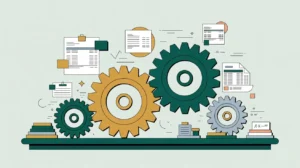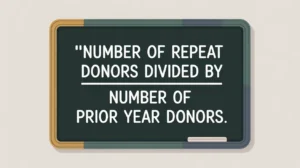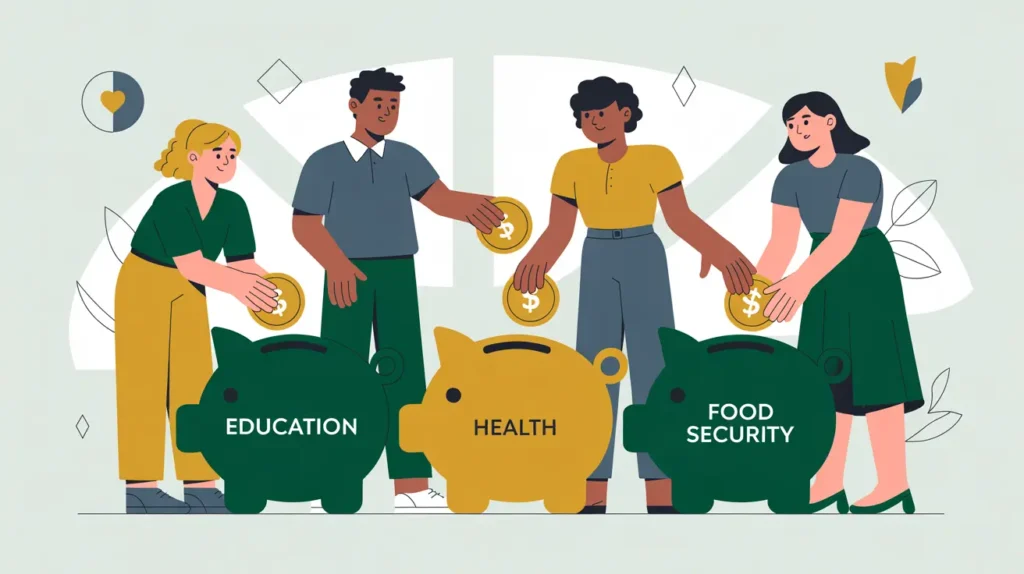Importance of Bridge Funding (Gap Coverage)
Bridge funding helps nonprofits cover short-term financial gaps between funding cycles or delayed donor disbursements. This matters because even temporary funding gaps can disrupt program delivery, undermine staff stability, or erode community trust. For nonprofits in social innovation and international development, bridge funding ensures continuity in mission-critical activities, particularly when working with multi-year grants, government contracts, or donor-dependent projects. Boards and donors see bridge funding as a vital tool for managing risk and sustaining impact during periods of uncertainty.
Definition and Features
Bridge funding is defined as temporary financial support that fills gaps between secured or anticipated funding sources. Key features include:
- Short-Term Coverage: intended to smooth cash flow during delays or transitions.
- Sources: can come from reserves, lines of credit, or special donor commitments.
- Conditional Nature: often used with confidence that future funding is imminent.
- Risk Management: prevents program interruption or premature downsizing.
Bridge funding differs from core operating support because it is temporary and targeted to cover specific, time-bound shortfalls.
How This Works in Practice
In practice, nonprofits rely on bridge funding when donor disbursements are delayed or when a new grant is secured but not yet released. For example, a nonprofit expecting a $1 million government grant in six months may secure a $200,000 bridge loan or draw from reserves to continue programming without disruption. Finance teams forecast cash flow to determine the amount and duration of coverage needed, while boards approve use of reserves or borrowing. Donors may also step in with emergency bridge gifts when delays jeopardize impact.
Implications for Social Innovation
For nonprofits in social innovation and international development, bridge funding is a safeguard that sustains continuity and trust. Transparent reporting reduces information asymmetry by showing stakeholders how temporary resources are used to maintain stability until long-term funding arrives. Donors appreciate nonprofits that proactively manage financial gaps, as it demonstrates foresight and responsibility. By incorporating bridge funding into risk management strategies, nonprofits can avoid costly interruptions, maintain community confidence, and strengthen their resilience in delivering systemic change.







